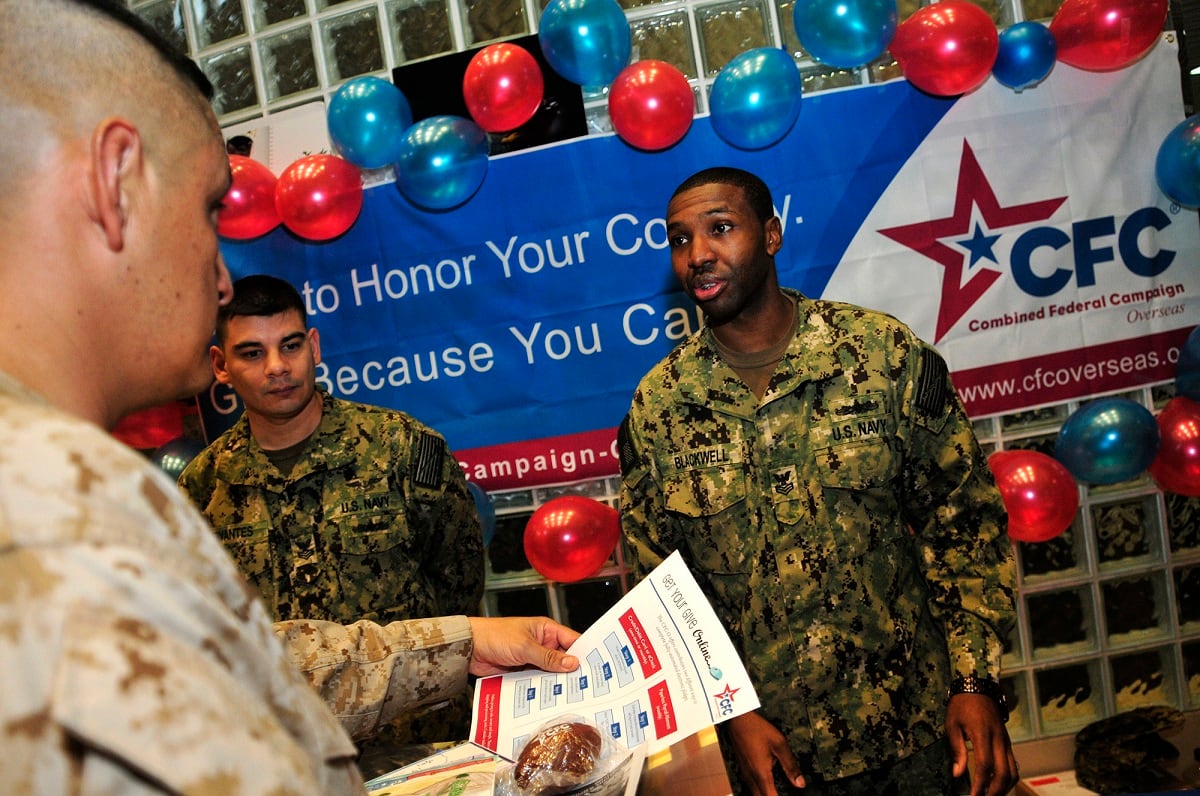Amid the holiday bustle, federal agencies and military leaders are kicking off a day of giving as part of the annual Combined Federal Campaign.
Each year on Giving Tuesday, federal civilian, military, and postal employees and retirees have the opportunity to raise millions of dollars in one day as part of the broader CFC campaign, the workplace donation program of the U.S. federal government.
Last year, the federal community pledged over $3.4 million to participating charities during the week of Giving Tuesday.
“There are nearly 5,000 participating charities in this year’s CFC,” said Ann Van Houten, co-chair of the CFC of the National Capital Area, in a statement last year. “That amounts to thousands – maybe millions – of ways the federal community can make a difference and change a life.”
The day always falls on the first Tuesday following Thanksgiving, as a charitable response to Black Friday and Cyber Monday.
“The holidays are fast approaching, and the CFC can help you promote the giving spirit across the country and around the world,” said Kiran Ahuja, the director of the Office of Personnel Management. “Giving Tuesday donations that come in [can] often sustain charities through the rest of the year,” she says.
What is the Combined Federal Campaign?
The Combined Federal Campaign is the world’s largest annual workplace charity drive. It raised tens of millions of dollars last year for hundreds of nonprofits and more than $8 billion for charitable causes over the past half century.
It’s the only way for nonprofits to reach donors in the federal community.
Throughout its history, the CFC has received voluntary contributions more than half of the federal civilian workforce of about 2.1 million workers each year, on average.
The current campaign season is in full swing, with solicitations first opening on Sept. 1 and ending on Jan. 15, 2024.
Molly Weisner is a staff reporter for Federal Times where she covers labor, policy and contracting pertaining to the government workforce. She made previous stops at USA Today and McClatchy as a digital producer, and worked at The New York Times as a copy editor. Molly majored in journalism at the University of North Carolina at Chapel Hill.





